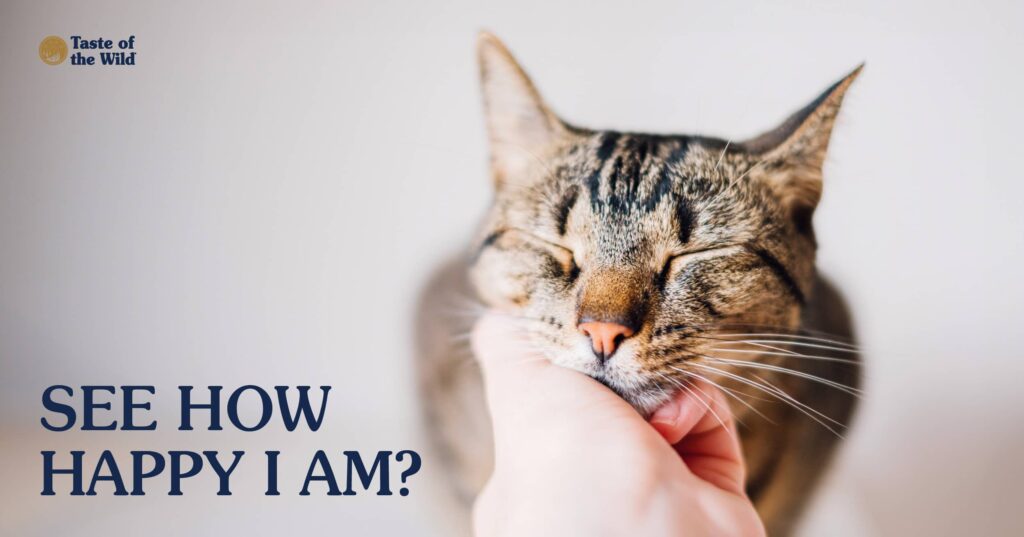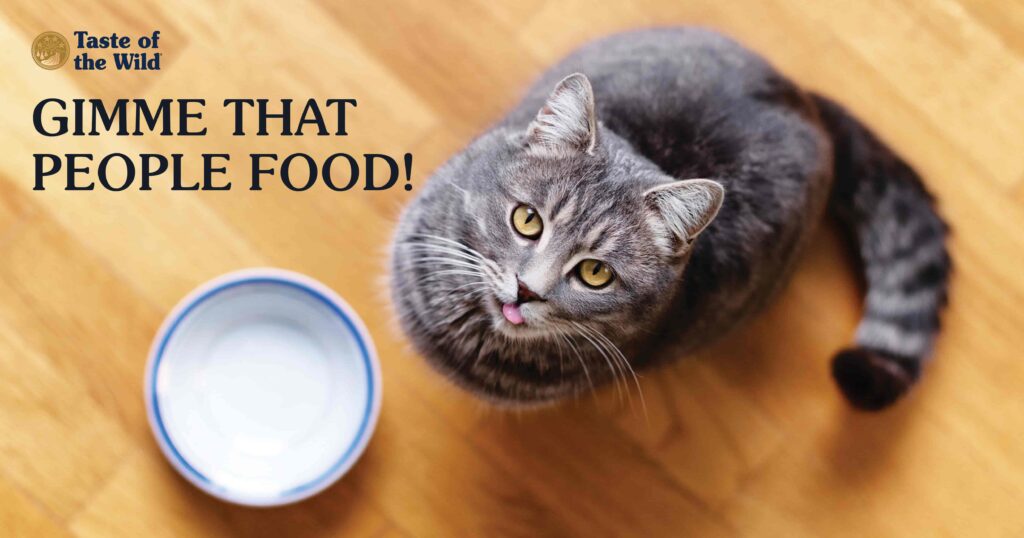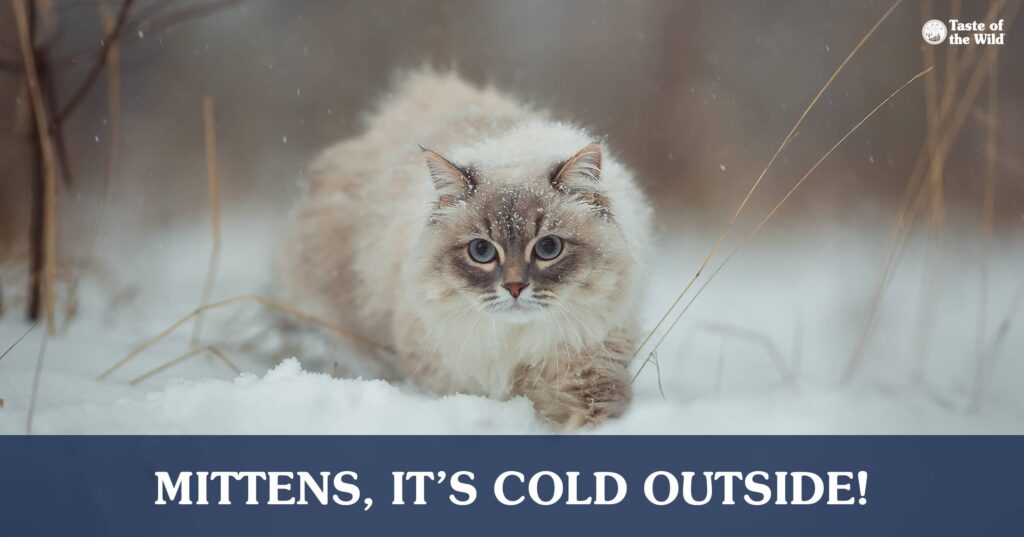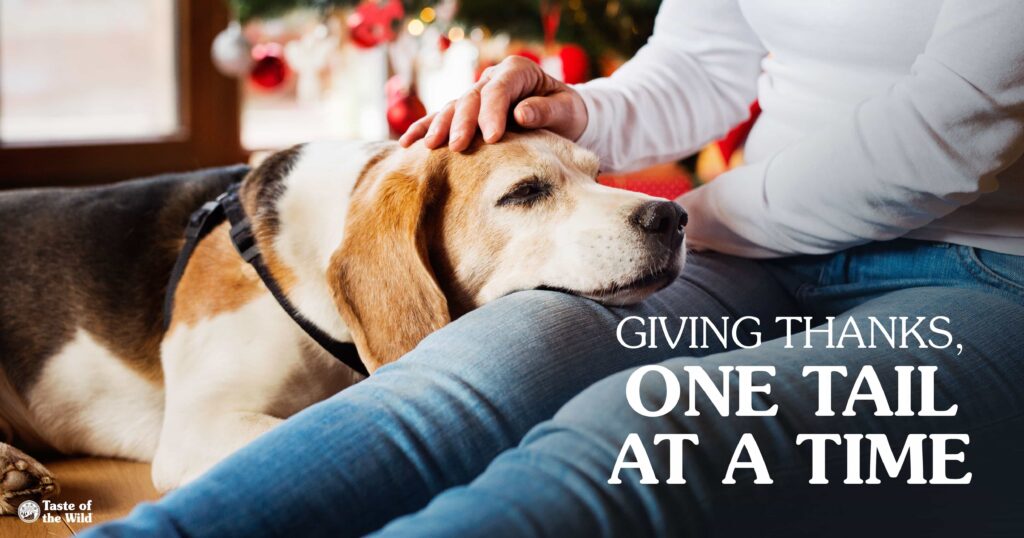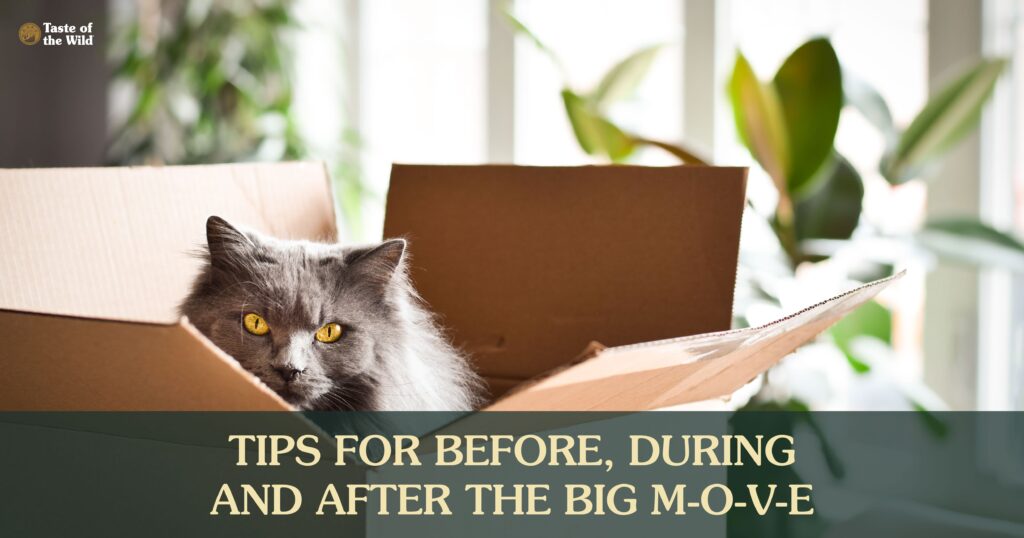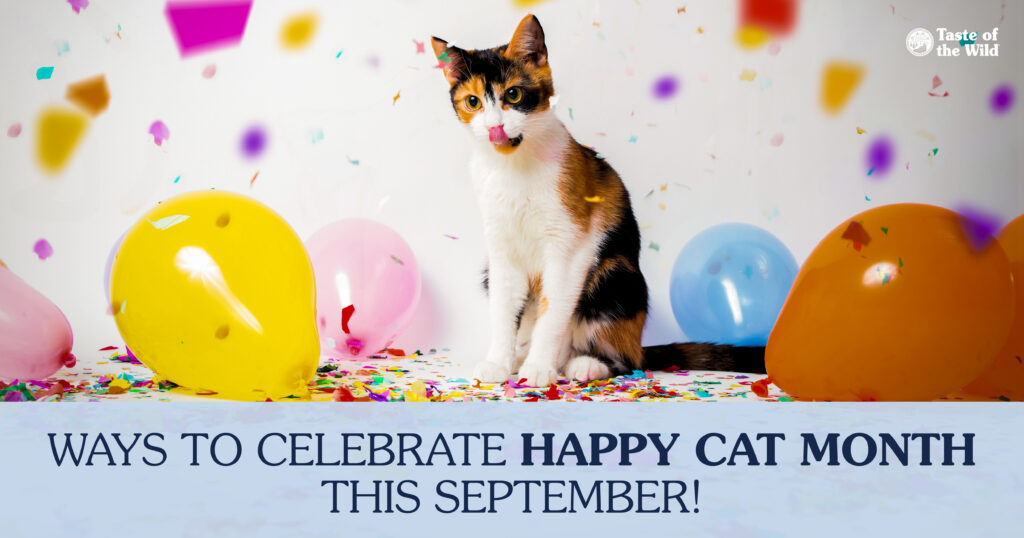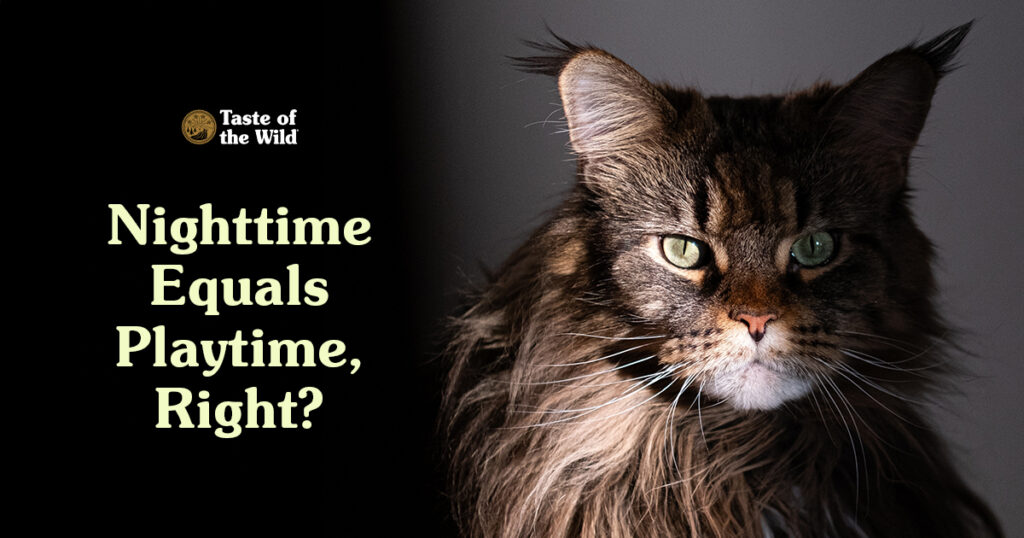
If your cat likes to start their day’s activities with a good play session at 4 a.m., it may have you thinking that cats are nocturnal. Most cats sleep a lot during the day, so that makes sense, right? Nope! While a house cat’s behavior gives the impression that they’re nocturnal, cats actually fit a different category.
Are Cats Crepuscular or Diurnal?
Cats are crepuscular, not nocturnal or diurnal. If “crepuscular” and “diurnal” aren’t familiar terms, you’re likely not alone. Of the three terms, “nocturnal” is probably the most well-known and defines animals who are most active at night and sleep during the day (e.g., raccoons, most bats, many owls and opossums). So what do the other terms mean?
Think of diurnal as the opposite of nocturnal. Diurnal animals sleep at night and are most active during the day. Diurnal animals include most birds, squirrels, dogs, many insects and, of course, us!
Crepuscular animals are in between nocturnal and diurnal animals; they are most active in the hours around dawn and dusk when light levels are low. If you’re wondering where this strange word originates from, crepuscular is derived from the Latin word crepusculum, which means twilight. Some examples of crepuscular animals include certain deer, fireflies, skunks, rabbits and domestic cats. However, these aren’t steadfast rules. Some animals adjust their activity patterns based on the weather, food availability, whether predators are around the area and, for house cats, what their humans are doing.
Why Are Cats Crepuscular and Awake at Dawn and Dusk?
Crepuscular animals are thought to have evolved to take advantage of the cooler temperatures, low-light conditions and prey availability at dusk and dawn. They can also strike a balance of hiding from predators while still being able to see the prey they’re hunting for (e.g., birds and rodents). Cats can see extremely well in these dim-light conditions. They can’t see in complete darkness, but they do have excellent vision in very low-light environments, especially compared to humans.
When Are Cats Most Active?
Pet cats (Felis silvestris catus) are crepuscular, despite their nighttime adventures that may disturb your sleep schedule and have you thinking otherwise. However, your cat’s crepuscular nature may depend on your lifestyle (and theirs), and not necessarily be as hardwired as their ancestors.
If you’re home a lot during the day, your cat may stay awake to interact with you. These extra daytime hours awake could make them more likely to sleep at night. On the other hand, if you’re away from home during the day, they’ll probably spend a lot of their time napping and have more awake time during the night for playtime. Those early mornings might be their genetics kicking in, though!
Why Doesn’t My Cat Sleep at Night?
If your cat is spending more time awake at night than they used to, mention this to your veterinarian. Some health conditions can disrupt a cat’s sleep schedule and keep them up at night, including hyperthyroidism (overactive thyroid), hypertension (high blood pressure), anxiety and pain. If a senior cat is experiencing cognitive dysfunction (like dementia in people), that can also create a disrupted sleep cycle. If you’re noticing changes in your cat’s sleep schedule as well as other behavioral changes like excessive grooming, increased or decreased appetite and changes in litter box habits, contact your veterinarian.
If a health condition isn’t the cause of your cat’s nighttime prowling, you could try increasing their activity and mental stimulation during the day, so they’re more tired at nighttime. Here’s another tip: before bedtime, spend some time playing with your cat and then feed them a small meal. This may help expend some of your cat’s energy, get their tummy full and let both of you get a better night’s sleep.



